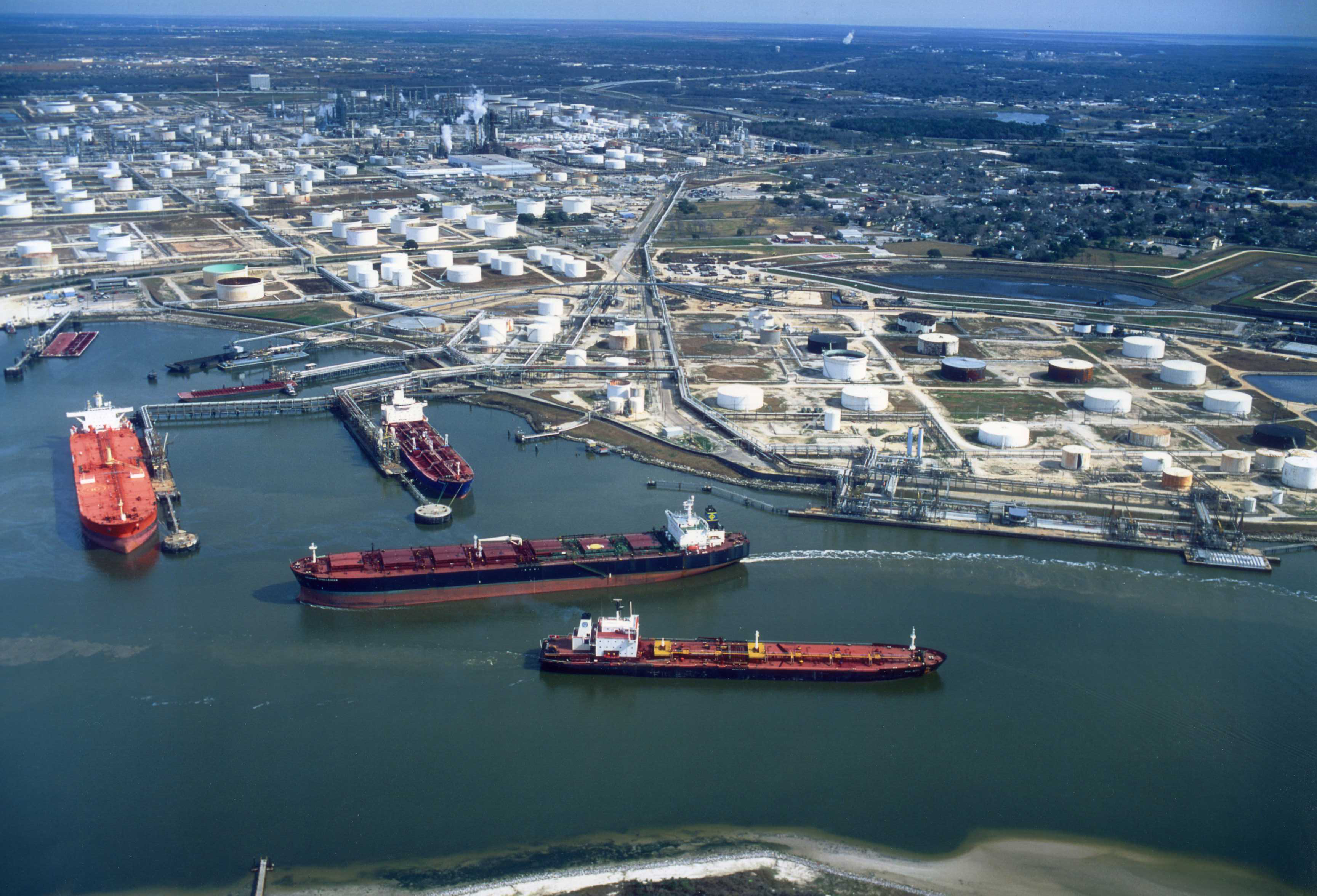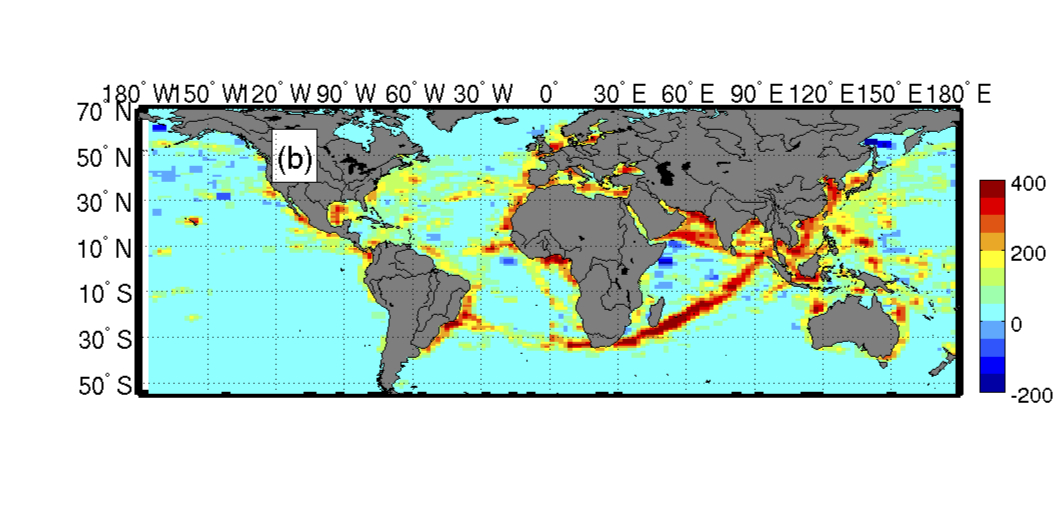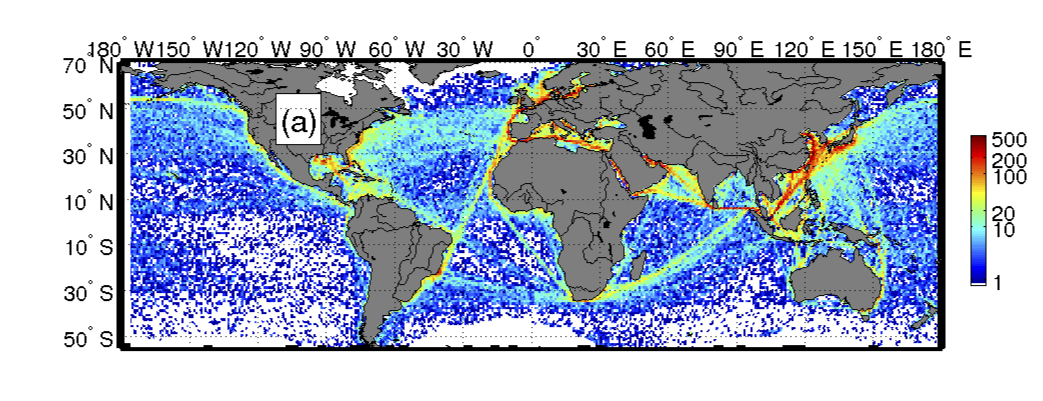Ship Traffic Increases Dramatically, to Oceans' Detriment

The demand for global trade is driving huge growth in ship traffic in the world's oceans, with four times as many ships at sea now than in 1992, a new study reports.
The study also found evidence of illegal fishing in protected marine areas, such as ships plying waters around the Kerguelen Islands Marine Reserve in the Southern Indian Ocean, said study author Jean Tournadre, an oceanographer at IFREMER, the French Institute for Marine Research in Plouzane.
"I was surprised to see that in 20 years, the growth is almost fourfold, or almost four times larger," Tournadre said. "We are putting much more pressure on the ocean."
Cargo shipping accounts for much of the growth, Tournadre said. The biggest increase in ship traffic between 1992 and 2012 was along popular shipping lanes in the Indian Ocean and the Chinese seas. In the Arabian Sea and the Indian Ocean's Bay of Bengal, the average number of ships jumped more than 300 percent, according to the study, published Oct. 20 in the journal Geophysical Research Letters.
The Pacific Ocean saw ship traffic spike after 2008, especially near China, according to the study. The Mediterranean, the Red Sea and the West Coast of the United States also saw big increases. In contrast, commercial piracy off Somalia's coast has triggered a near halt in shipping there since 2006, Tournadre said. [Video: Humans Hit the Oceans Hard]
Maritime shipping supports about 90 percent of global trade, according to the United Nation's International Maritime Organization. Most of this shipping relies on a few strategic routes that must accommodate both growing traffic and larger ships. In 2000, the biggest container ship could carry about 8,000 containers. In 2013, the biggest ships hauled 18,000 containers.
"When we as a citizen look at what we're buying in a store, and it's coming from far away, we're participating in these patterns in the ocean," Tournadre said.
Sign up for the Live Science daily newsletter now
Get the world’s most fascinating discoveries delivered straight to your inbox.

Spying ships from space
In the study, Tournadre used satellite altimetry data to count ships at sea between 1992 and 2012. Satellite altimeters are instruments that measure sea surface height in very fine detail. The ocean's hills and valleys provide clues to what lies beneath, such as global currents and seafloor topography. "The [altimeters] weren't designed for ship traffic at all," Tournadre said. But with some finessing, any object above the sea surface — whether an iceberg, island or cargo ship — can be extracted from the altimetry data, Tournadre has shown.
"We can even see the different decks, so they are extremely sensitive at this level," Tournadre told Live Science.
The new findings provide an independent check to the Automatic Identification System, which tracks vessels using GPS and other instruments. Ships can turn off the receivers that track their movements if they want, and small vessels aren't required to report their location.
"What's important is for once we have long-term trends on ship traffic, which is not always easy to get," Tournadre said. The new data, which will be released in a public, online database, could help in monitoring the impact of shipping on marine ecosystems, he said.
The data will also provide scientists with insights into the patterns of ship traffic, and the traffic's effect on the environment, Batuhan Osmanoglu, a radar systems engineer at NASA's Goddard Space Flight Center in Green Belt, Maryland, who was not involved in the study, said in a statement.
In the study, Tournadre used data from seven satellite altimeters in orbit at various times since 1992, and calibrated each data set to that of the longest-lived satellite, Jason-1. The chance is very low that any ship was counted twice because satellites would not have returned to the same spot in their orbit before a ship would have sailed out of range, Tournadre said.

The overall growth in ship traffic worldwide was 6 percent each year between 1992 and 2002, or 60 percent for the decade. After 2002, the number of ships grew faster, hitting an increase of 10 percent a year by 2011. There was one hitch in 2008, when growth stalled during the economic crisis.
Shipping traffic is one of many human activities in the ocean that has a heavy impact on the marine environment. The effects include air pollution, ocean noise, oil spills and spread of invasive species. During the study period, nitrogen dioxide emissions surged as ship traffic rose along the heavily traveled Red Sea to Asia route and the Asia to Cape Town route, Tournadre reported. And along the Sri Lanka to Sumatra to China shipping lane, nitrogen dioxide emissions spiked more than 50 percent since 1997, according to the study.
Follow Becky Oskin @beckyoskin. Follow LiveScience @livescience, Facebook & Google+. Originally published on Live Science.










